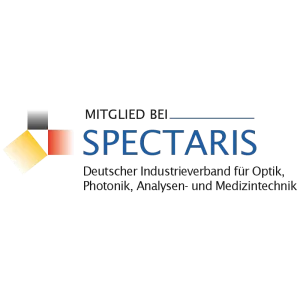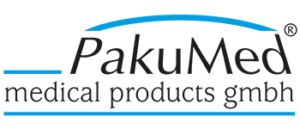- +49 201 43 70 97 0
- info@pakumed.de
- Mon - Fri: 8:30 - 17:00
ABOUT

Many people are severely limited in their quality of life due to serious illnesses. Many need the possibility of repeated venipuncture over a longer period of time for treatment, especially in the case of tumours. This is usually followed by chemotherapy, but pain therapy, parenteral nutrition, blood sampling, blood supply or apheresis (extracorporeal blood purification procedure to eliminate certain blood components) are also more frequent indications.
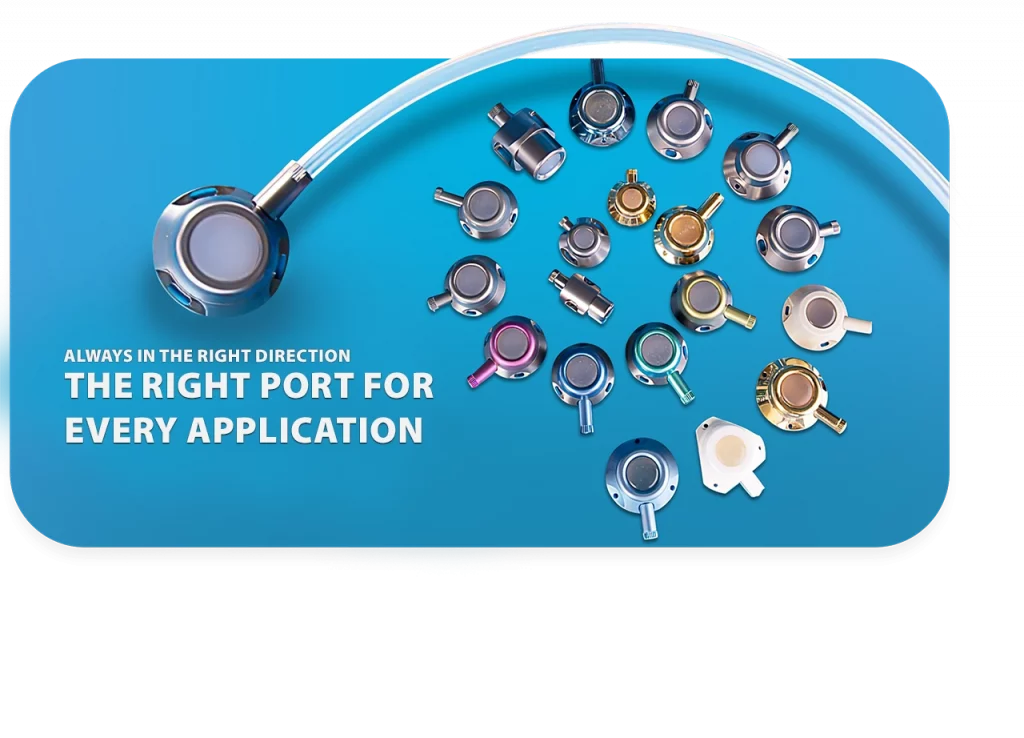
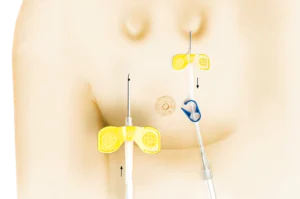
Other possibilities are new dialysis port systems for veno-venous haemodialysis and peritoneal dialysis, as well as arterial systems for locoregional cytostatic application (application mostly only in specialised centres).
The introduction of fully implantable port systems under the protection of a closed skin cover as a long-term venous access route has therefore facilitated many treatment options. An implanted port system allows for a completely normal lifestyle, mobility, and similar to the pacemaker, participation in physical activities even swimming.
The company PakuMed, specialised in the development and manufacture of port systems made of pure titanium as the most implantation-compatible material, now offers an extensive range for the most diverse applications as well as corresponding accessories.
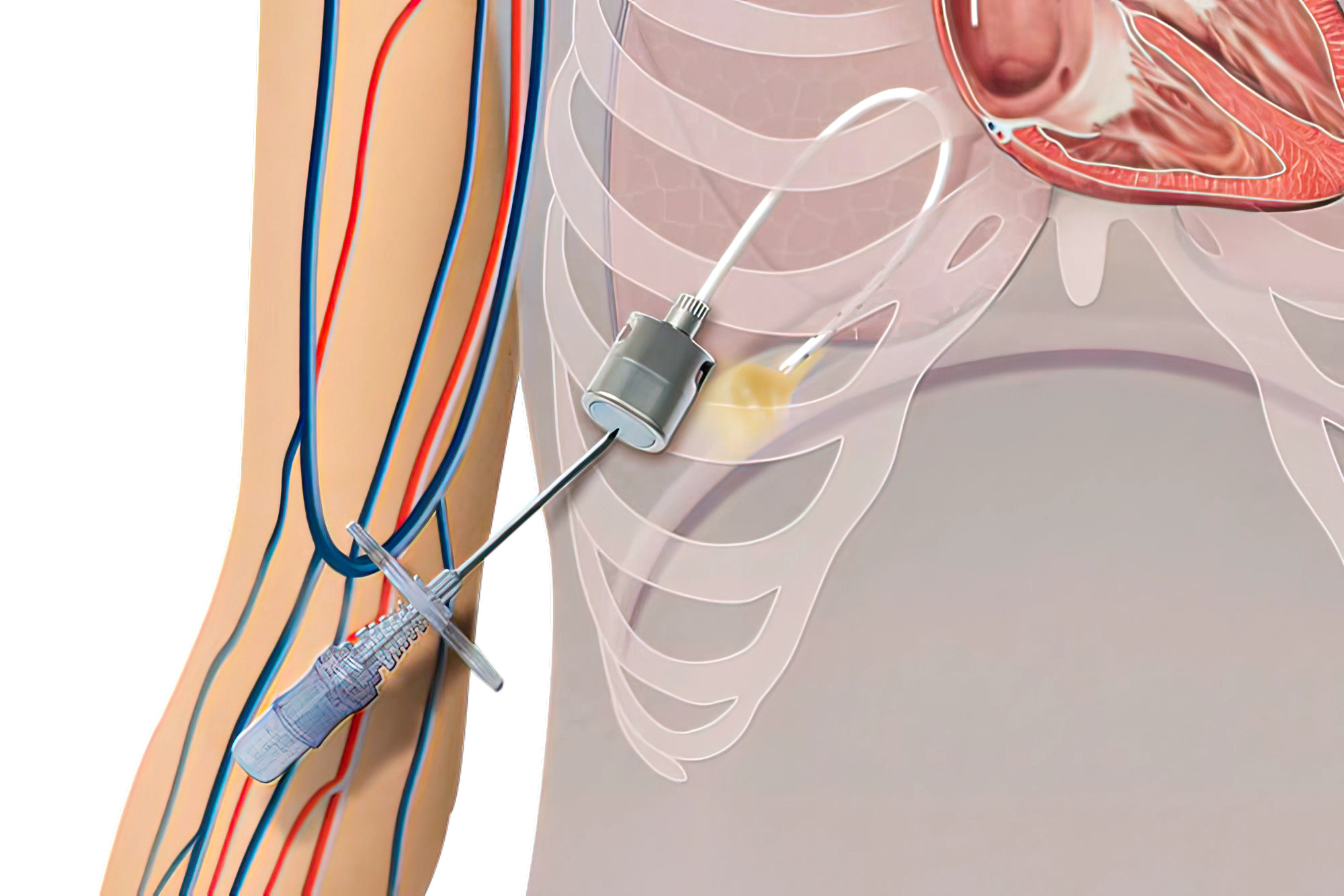
Of course, there are many different totally implantable catheter systems on the market, each of which has certain advantages and disadvantages and requires experience to keep the complication rate low.
Crucial requirements for a good port system are above all:
01
Easy handling during implantation
02
Stable connection mechanism between port chamber and catheter
03
High flow rate with thin catheter
04
Fixed puncture needle in the ventricular septum and the tissue compatibility of the materials used, as well as
05
Reliable location of the membrane for puncture
06
Suitable for high pressure injection
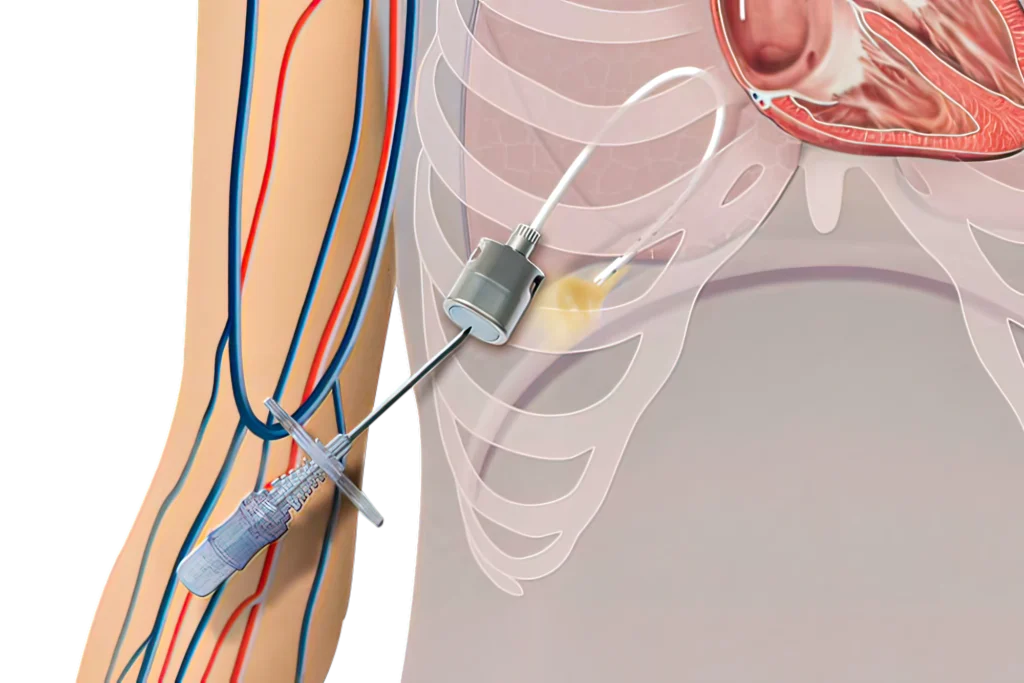
Of course, there are many different offerings of fully implantable catheter systems on the market, each of which has certain advantages and disadvantages and requires experience to keep the complication rate low.
Crucial requirements for a good port system are above all:
01
Easy handling during implantation
02
Stable connection mechanism between port chamber and catheter
03
High flow rate with thin catheter
04
Fixed puncture needle in the ventricular septum and the tissue compatibility of the materials used, as well as
05
Reliable location of the membrane for puncture
06
Suitable for high pressure injection
See our ports in action
Differences generally exist in the size and weight of the port chambers, the material and diameter of the catheters (e.g. silicone or polyurethane) and the connection system. Other possible applications are arterial systems for direct organ perfusion, e.g. in inoperable metastases, peridural pain therapy and as an alternative access route for haemodialysis and apheresis, peritoneal dialysis and peritoneal therapy/ascites puncture. Other areas of application are being added – for example, for fetal nutrition – and we are continuously developing them further.
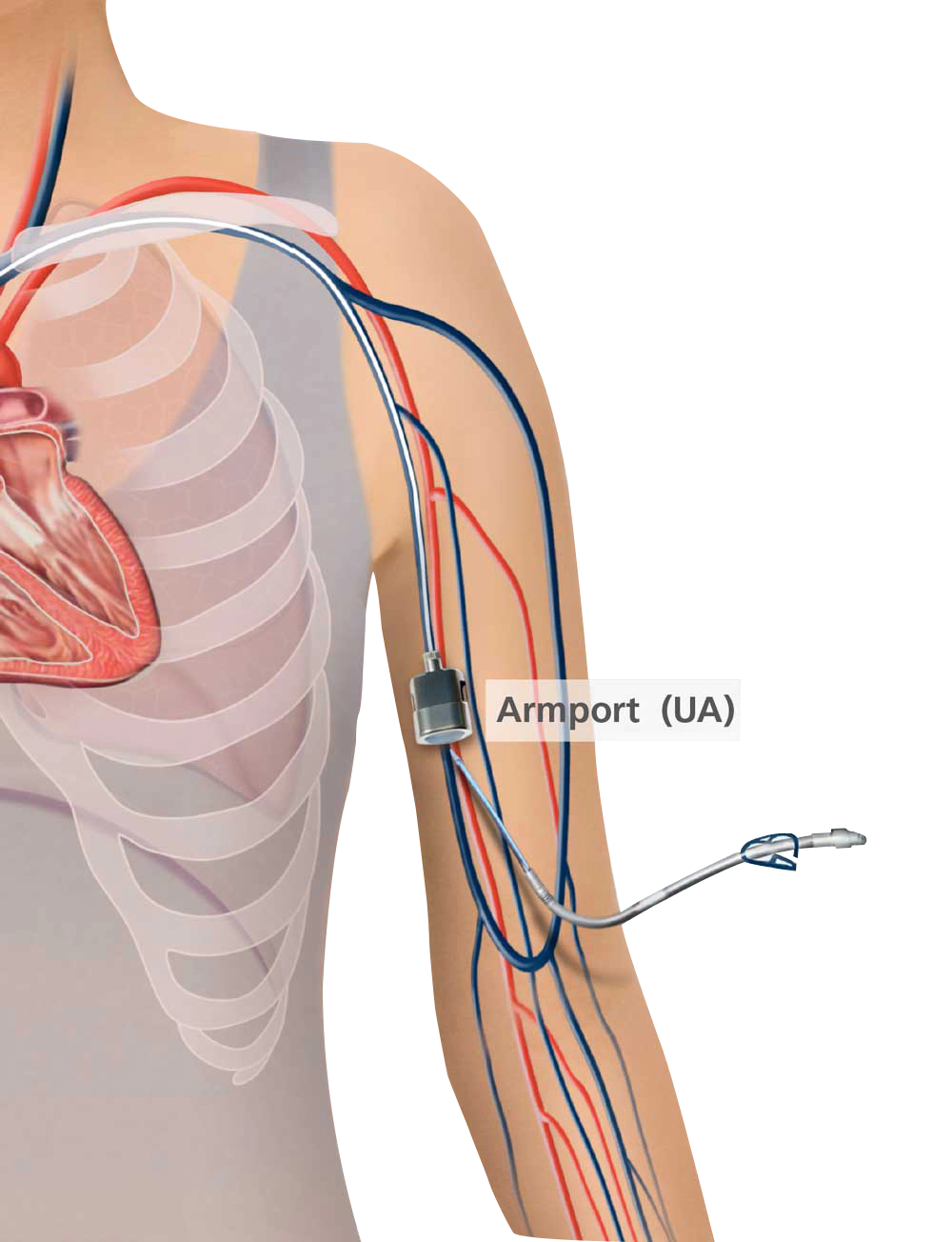
See our ports in action
Differences generally exist in the size and weight of the port chambers, the material and diameter of the catheters (e.g. silicone or polyurethane) and the connection system. Other possible applications are arterial systems for direct organ perfusion, e.g. in inoperable metastases, peridural pain therapy and as an alternative access route for haemodialysis and apheresis, peritoneal dialysis and peritoneal therapy/ascites puncture. Other areas of application are being added – for example, for fetal nutrition – and we are continuously developing them further.

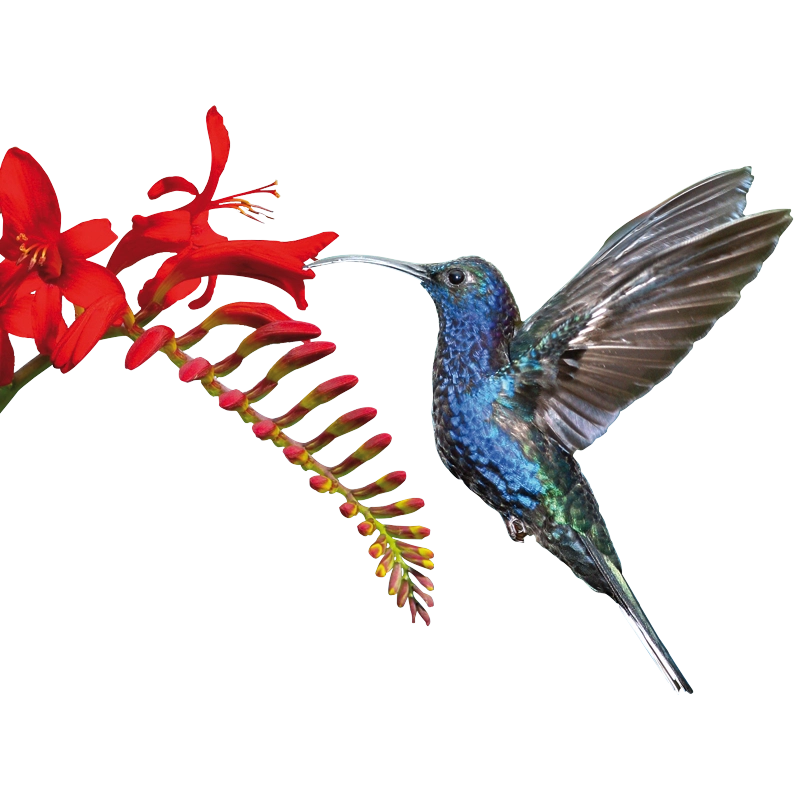
As a relatively minor surgical procedure, implantation is usually performed under local anaesthesia. Apart from general sepsis, coagulation disorders or extremely rare allergy to one of the components, there are no significant contraindications.
However, keeping the complication rate as low as possible requires a sophisticated implantation technique, the quality of the system itself and immediate post-operative system care by all involved.
Thus, our TITAN port catheter systems represent a relatively simple aid as a long-lasting vascular access route, with decisive advantages for the lifestyle of the affected person during the respective necessary treatment period.
Depending on the situation, port systems can remain in place for up to several years if there are no complications. As a rule, they are removed under local anaesthesia after completion of the therapy or when necessary.
Associations with which we cooperate
